
8 simple steps to Improve Production Efficiency
Viki Dongare |
17 Mar 2024 |
06:26 AM
- What is Production Efficiency?
- Benefits of Improving Production Efficiency
- The Role of Maintenance in Achieving Productive Efficiency
- Identifying and Eliminating Bottlenecks
- Investing in Employee Training and Engagement
- Reducing Waste and Optimizing Resources
- Optimizing Plant Layout and Inventory Management
- Building Strong Vendor Relationships
- Tips for Enhancing Productivity and Efficiency
- Additional Strategies for Increasing Efficiency
- Advanced Techniques for Efficiency Improvement
- Conclusion
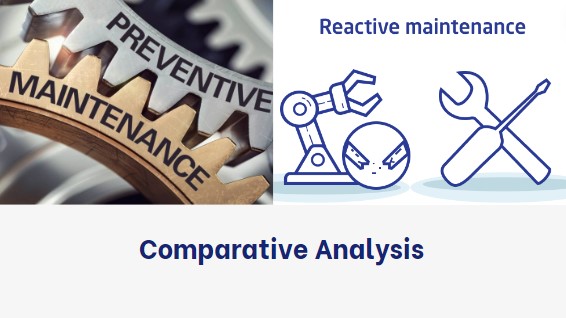
Preventive Maintenance Vs Reactive Maintenance: A Comparative Analysis
Viki Dongare 22 Jan 2024 | 15:06 PMExplore the intricate balance between Preventive and Reactive Maintenance in this insightful comparison, unraveling their advantages and drawbacks. Discover the strategic significance of integrating predictive maintenance for a resilient facility mana...
What is Production Efficiency?
Production efficiency refers to the ratio of output generated by a production process compared to the inputs used. It measures how well resources such as labor, raw materials, and equipment are utilized to produce goods or services. Essentially, it's about achieving maximum output with minimal input, thereby optimizing the production process.
Benefits of Improving Production Efficiency
Improving production efficiency offers numerous advantages for businesses. Firstly, it leads to cost savings by reducing waste and maximizing resource utilization. Secondly, it enhances productivity, allowing companies to meet customer demands more effectively. Thirdly, it boosts competitiveness within the manufacturing industry by streamlining operations and delivering products more efficiently than competitors.
Calculating Efficiency Metrics
Efficiency metrics are essential for evaluating the performance of production processes. Key metrics include Overall Equipment Effectiveness (OEE), which assesses equipment productivity; First Pass Yield (FPY), which measures the quality of output; and Cycle Time, which evaluates the time taken to complete a production cycle. By tracking these metrics, businesses can identify areas for improvement and implement targeted strategies to enhance production efficiency.
Understanding production efficiency involves recognizing its significance in optimizing operations, maximizing output, and gaining a competitive edge in the manufacturing industry. By focusing on continuous improvement and efficient supply chain management, businesses can drive significant improvements in their production processes and overall performance.
The Role of Maintenance in Achieving Productive Efficiency
Implement Proactive Equipment Maintenance
Proactive maintenance involves anticipating and addressing potential issues before they escalate into costly breakdowns. By regularly inspecting equipment, conducting preventive maintenance tasks, and addressing wear and tear promptly, businesses can minimize downtime and maintain consistent production output.
Preventive vs. Reactive Maintenance
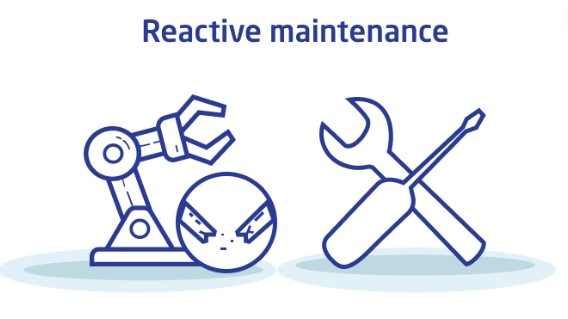
Preventive maintenance focuses on scheduled inspections and maintenance tasks to prevent equipment failure, while reactive maintenance involves addressing issues only after they occur. While reactive maintenance may seem cost-effective initially, it often leads to higher repair costs and production delays in the long run. Preventive maintenance, on the other hand, helps businesses avoid unplanned downtime and costly repairs.
Building Maintenance Schedules
Creating and adhering to maintenance schedules is essential for effective equipment management. By establishing regular maintenance intervals based on equipment usage, manufacturer recommendations, and historical data, businesses can ensure that maintenance tasks are performed consistently and timely. This proactive approach helps extend equipment lifespan, minimize disruptions, and ultimately improve production efficiency.

Standardizing Processes for Consistency
Standardize Your Production Processes
Standardizing production processes involves establishing uniform procedures and protocols to ensure consistency and efficiency across all operations. By defining clear steps, quality standards, and performance metrics, businesses can minimize variation and errors, resulting in improved productivity and product quality.
Utilizing Standard Operating Procedures

Standard Operating Procedures (SOPs) serve as guidelines for carrying out specific tasks or processes systematically. SOPs outline step-by-step instructions, safety precautions, and quality control measures, providing employees with a standardized approach to performing their duties. This ensures that each task is executed consistently and efficiently, leading to smoother operations and fewer errors.
Identifying and Eliminating Bottlenecks
Finding and Eliminating Production Bottleneck
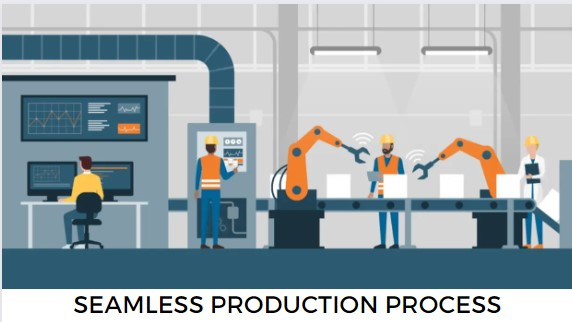
Production bottlenecks are points in the manufacturing process where the flow of work is impeded, leading to inefficiencies and delays. Identifying and addressing these bottlenecks is crucial for increasing production efficiency and meeting consumer demands.
Strategies for Bottleneck Reduction
Several strategies can be employed to identify and eliminate production bottlenecks effectively. Implementing lean manufacturing processes, such as value stream mapping and continuous improvement, can help pinpoint areas of inefficiency and streamline operations. Additionally, investing in automated systems and technology can reduce manual intervention and speed up processes, alleviating bottlenecks on the manufacturing floor.
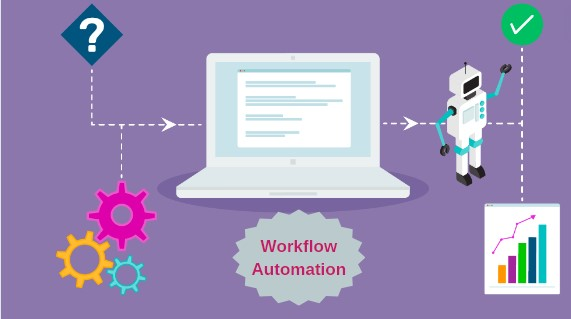
Effective management of human resources is also essential in bottleneck reduction. By properly allocating tasks, providing adequate training, and fostering collaboration among team members, businesses can optimize workflow and ensure smoother production flow.
Investing in Employee Training and Engagement
Investing in employee training and engagement is crucial for increasing production efficiency and achieving success in the manufacturing sector.
Importance of Skill Development
Skill development ensures that employees have the necessary knowledge and expertise to perform their roles effectively. By investing in continuous learning and development initiatives, businesses can enhance employee competencies, improve productivity, and adapt to evolving industry trends.
Employee Training Programs
Employee training programs play a vital role in equipping staff with the skills and knowledge required to streamline operations and optimize production efficiency. These programs can cover various topics, including lean manufacturing principles, automated systems, and safety protocols on the manufacturing floor.

Furthermore, fostering employee engagement is essential for creating a positive work environment where employees feel valued and motivated to contribute their best efforts. Engaged employees are more likely to proactively identify opportunities for process improvement, collaborate effectively with colleagues, and adapt to changes in consumer demands.
Reducing Waste and Optimizing Resources
Identifying and Reducing Waste
Reducing waste is essential for increasing production efficiency and maximizing resources. By conducting thorough waste audits and implementing lean manufacturing principles, businesses can identify areas of waste in their processes and implement strategies to eliminate or minimize them.
Inventory Management Techniques

Effective inventory management is crucial for streamlining operations and minimizing waste. Utilizing techniques such as just-in-time inventory, ABC analysis, and vendor-managed inventory can help businesses optimize their inventory levels, reduce excess stock, and improve cash flow.
Optimizing Plant Layout and Inventory Management
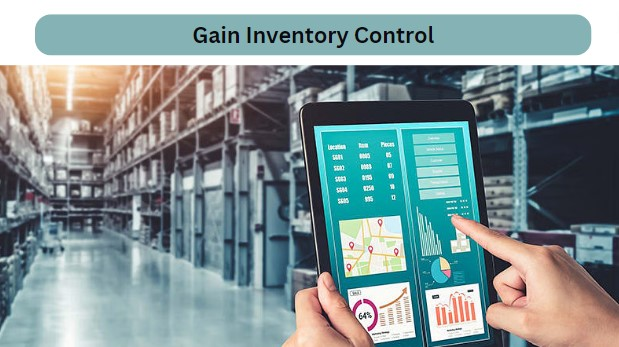
Utilizing Cellular Manufacturing
Cellular manufacturing productivity involves organizing production processes into self-contained workstations or cells, each dedicated to specific tasks or products. By implementing cellular manufacturing, businesses can minimize material handling, reduce lead times, and improve overall efficiency.
Layout Optimization for Efficient Flow
Optimizing the layout of the manufacturing floor is crucial for ensuring smooth production flow and minimizing wasted time and resources. By strategically arranging workstations, equipment, and materials, businesses can reduce bottlenecks, streamline operations, and enhance productivity.
Building Strong Vendor Relationships
Importance of Vendor Relationships
Vendor relationships play a pivotal role in the success of any manufacturing business. Collaborating closely with vendors fosters trust, reliability, and mutual understanding, which are essential for achieving supply chain efficiency and meeting production goals.
Collaboration for Supply Chain Efficiency
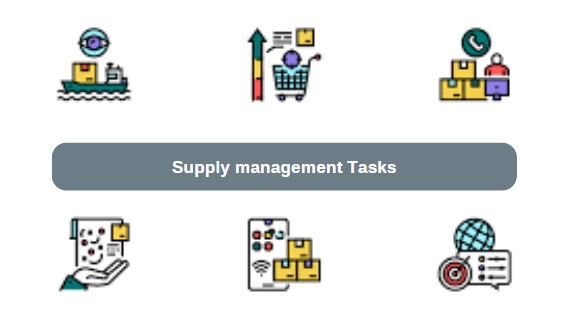
Effective collaboration with vendors streamlines supply chain operations, reduces lead times, and ensures timely delivery of raw materials and components. By sharing information, coordinating production schedules, and aligning goals, businesses can optimize inventory levels, minimize stockouts, and respond quickly to changes in consumer demands.
Tips for Enhancing Productivity and Efficiency
To enhance productivity and efficiency in manufacturing, it's crucial to standardize repetitive processes, minimizing errors and ensuring consistent quality output. Proactive problem prevention is essential, addressing potential issues before they escalate, reducing downtime, and optimizing equipment performance. Encouraging cooperation among teams fosters a collaborative environment where knowledge sharing and resource utilization streamline operations. Additionally, visualizing employee skills and expertise allows for better task allocation, optimizing workforce productivity and overall manufacturing efficiency.
Additional Strategies for Increasing Efficiency
Prioritizing employee training ensures that your workforce is equipped with the necessary skills to perform tasks efficiently and effectively. Investing in better tools and equipment not only improves equipment performance but also enhances productivity by reducing downtime and streamlining processes. Implementing ongoing machine maintenance is essential for preventing unexpected equipment failures and maximizing uptime, ultimately contributing to manufacturing efficiency.

Streamlining supplier communication facilitates smoother operations and ensures timely delivery of materials, minimizing disruptions in production. Additionally, automating processes with IIoT technology enhances efficiency by eliminating manual tasks, reducing errors, and optimizing resource utilization. By incorporating these strategies, manufacturing companies can significantly boost productivity, improve overall efficiency, and stay competitive in today's dynamic business landscape.
Advanced Techniques for Efficiency Improvement
Real-Time Data Collection with IIoT - Implementing real-time data collection with IIoT technology enhances visibility into operations, allowing for informed decision-making and proactive problem-solving.
Predictive Maintenance for Machine Health - Utilizing predictive maintenance for machine health predicts potential equipment failures, minimizing equipment downtime and optimizing equipment performance.

Automating Data Collection and Reporting - Automating data collection and reporting streamlines processes, reducing manual efforts and improving accuracy in data analysis and decision-making.
Conducting Pareto Analysis for Problem Prioritization - Conducting Pareto analysis prioritizes problems based on their impact, enabling businesses to focus efforts on addressing the most significant issues first.
Identifying and Addressing Production Stops - Identifying and addressing production stops promptly minimizes disruptions, ensuring continuous production flow and maximizing manufacturing efficiency.
Eliminating the Six Big Losses in Production - Eliminating the six big losses in production, including downtime and defects, reduces waste and optimizes resource utilization.
Using Root Cause Analysis for Problem Solving - Using root cause analysis identifies the underlying causes of issues, enabling businesses to implement effective solutions and prevent recurrence.
Creating Action Plans for Continuous Improvement - Creating action plans for continuous improvement fosters a culture of innovation and drives ongoing enhancements in manufacturing efficiency and productivity.
Conclusion
In the fast-paced and competitive landscape of the manufacturing sector, the quest for efficiency and productivity is perpetual. As we conclude our exploration of strategies to improve production efficiency, it's evident that businesses must embrace a multifaceted approach, leveraging a combination of innovative technologies, streamlined processes, and empowered human capital.

Throughout this journey, we've delved into various aspects crucial for optimizing manufacturing operations, from standardizing processes to fostering strong vendor relationships. By standardizing repetitive tasks and implementing proactive problem prevention measures, businesses lay a robust foundation for efficiency enhancement. Additionally, prioritizing employee training and investing in better tools and equipment empower workers to perform at their best, driving productivity gains and equipment performance improvements.
Moreover, the integration of advanced technologies like IIoT for real-time data collection and predictive maintenance revolutionizes traditional manufacturing processes, enabling proactive decision-making and minimizing equipment downtime. Automation further accelerates efficiency gains by streamlining processes and reducing manual intervention, while Pareto analysis and root cause analysis provide invaluable insights for targeted problem-solving and continuous improvement.
However, the journey towards manufacturing productivity doesn't end here. It's imperative for businesses to remain agile and adaptive, continuously seeking innovative solutions to address evolving consumer demands and industry challenges. This necessitates a culture of collaboration, both within the organization and across the supply chain, fostering open communication and knowledge sharing.
Furthermore, the pursuit of efficiency and productivity must be ingrained in the organizational ethos, driving every decision and action. By creating action plans for continuous improvement and embracing a proactive mindset, businesses can embark on a journey of perpetual enhancement, staying ahead of the curve in an ever-changing landscape.
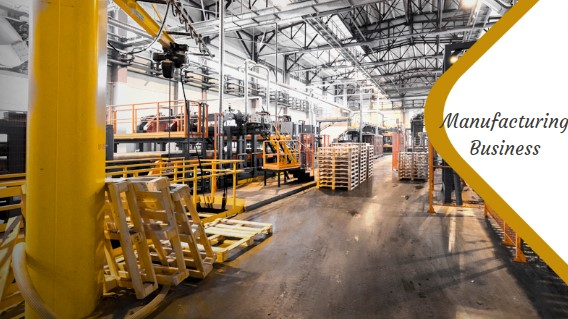
The path to manufacturing efficiency is multifaceted and dynamic, requiring a strategic blend of technology, process optimization, and human ingenuity. By embracing innovation, fostering collaboration, and nurturing a culture of continuous improvement, businesses can not only enhance production efficiency but also unlock new opportunities for growth and success in the manufacturing sector. As we look towards the future, let us embark on this journey with determination, resilience, and a commitment to excellence.